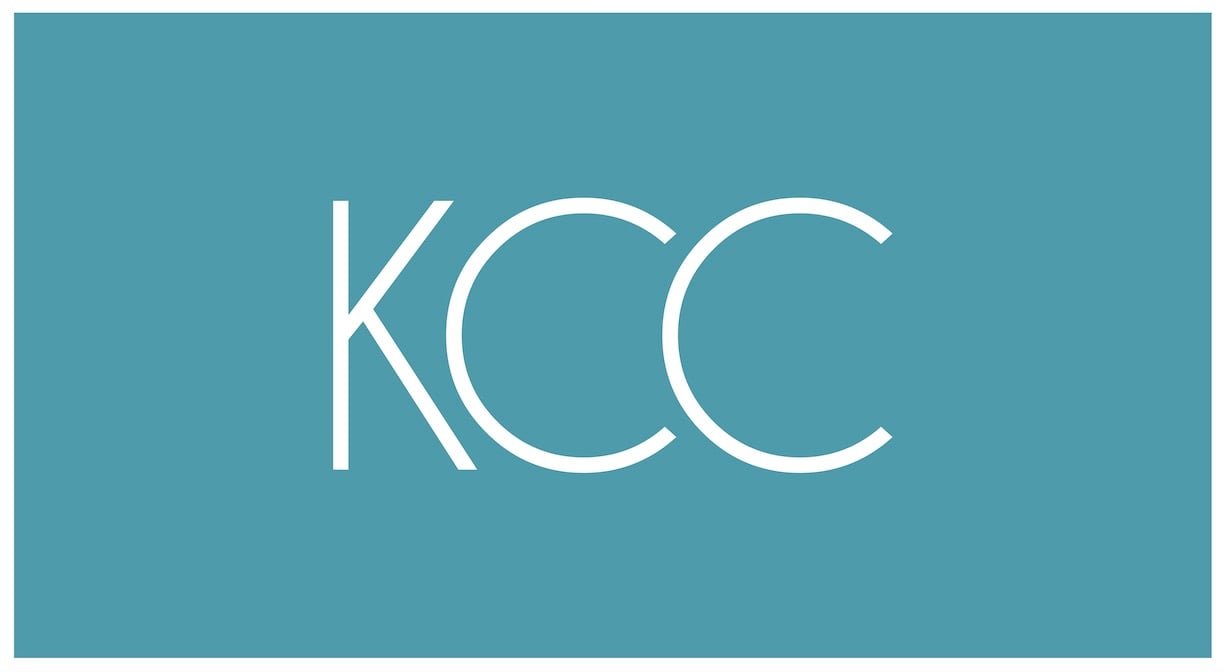5 Critical Keys to Collaboration

5 Critical Keys to Collaboration Now more than ever, succeeding at work involves teamwork. The great news is that the right team generates results that far exceed what its individual members could achieve. An ineffective team, however, can slow down the group’s processes and innovation. Full team engagement comes from knowing their “why” and using […]


